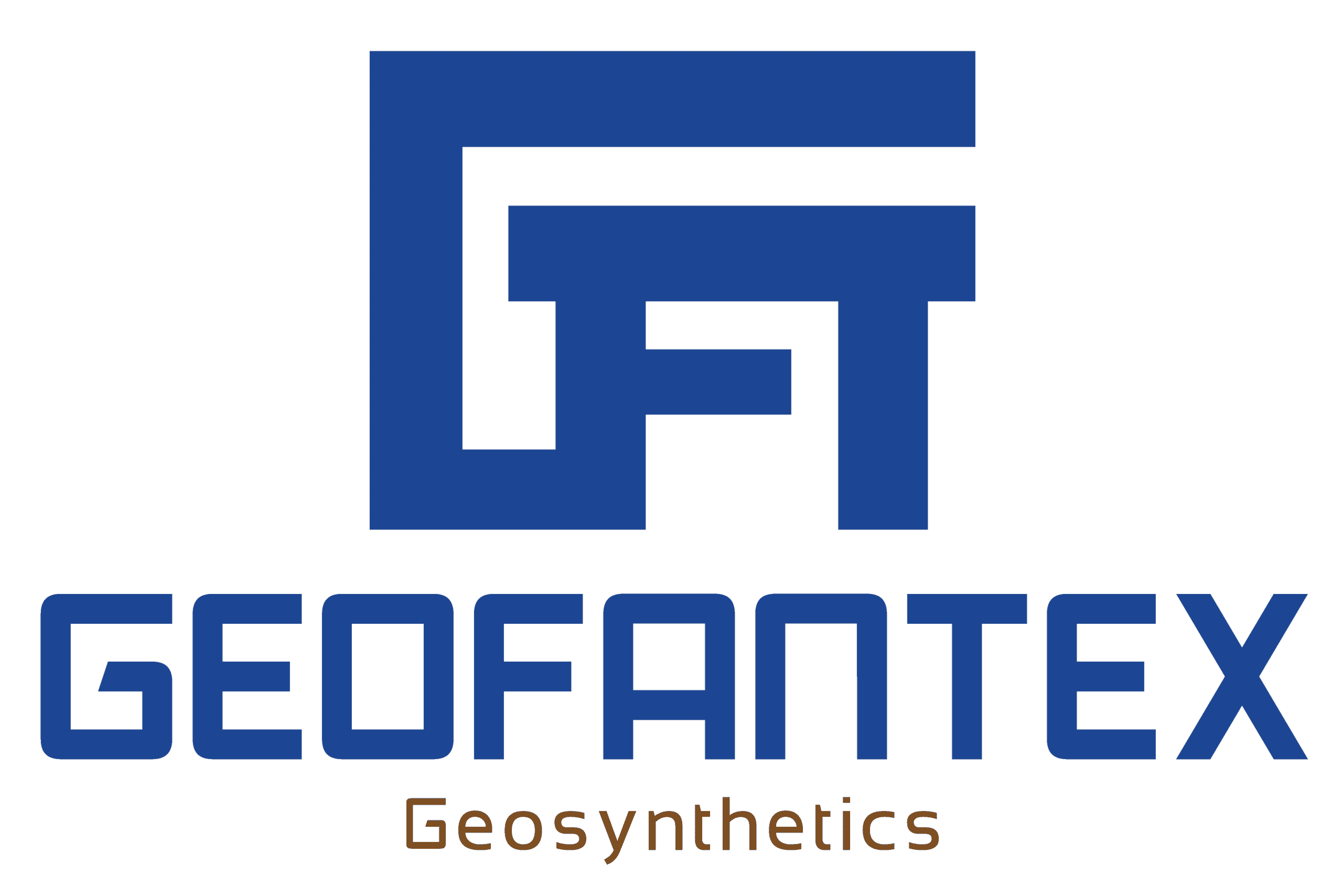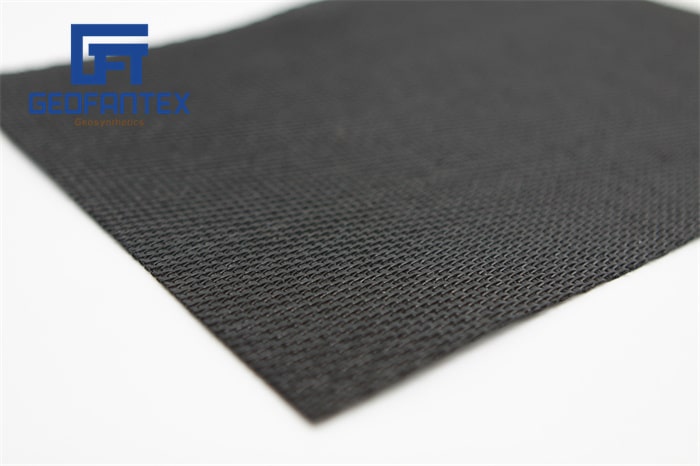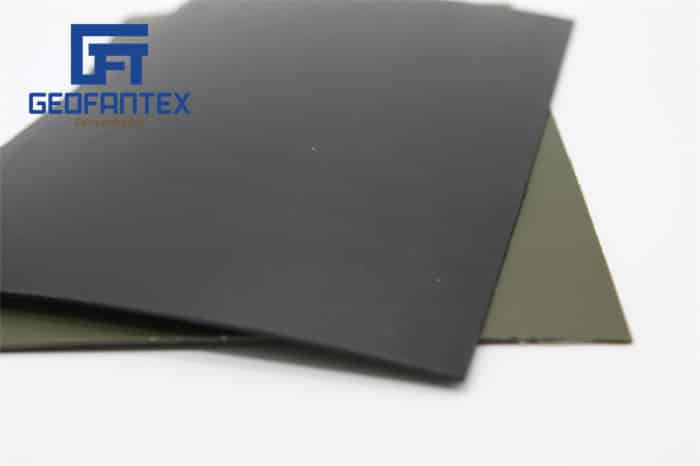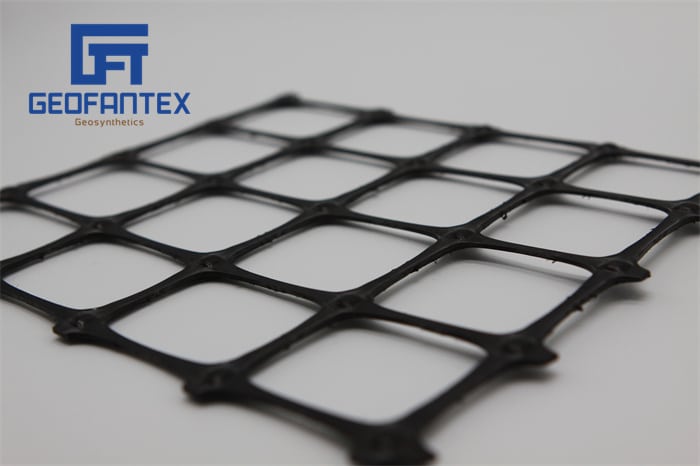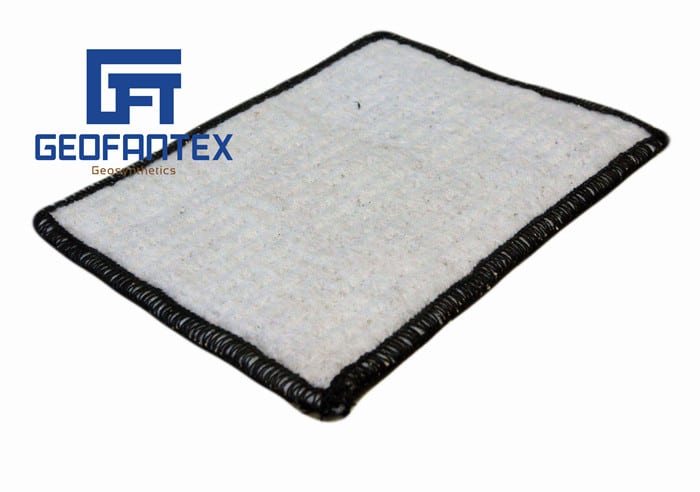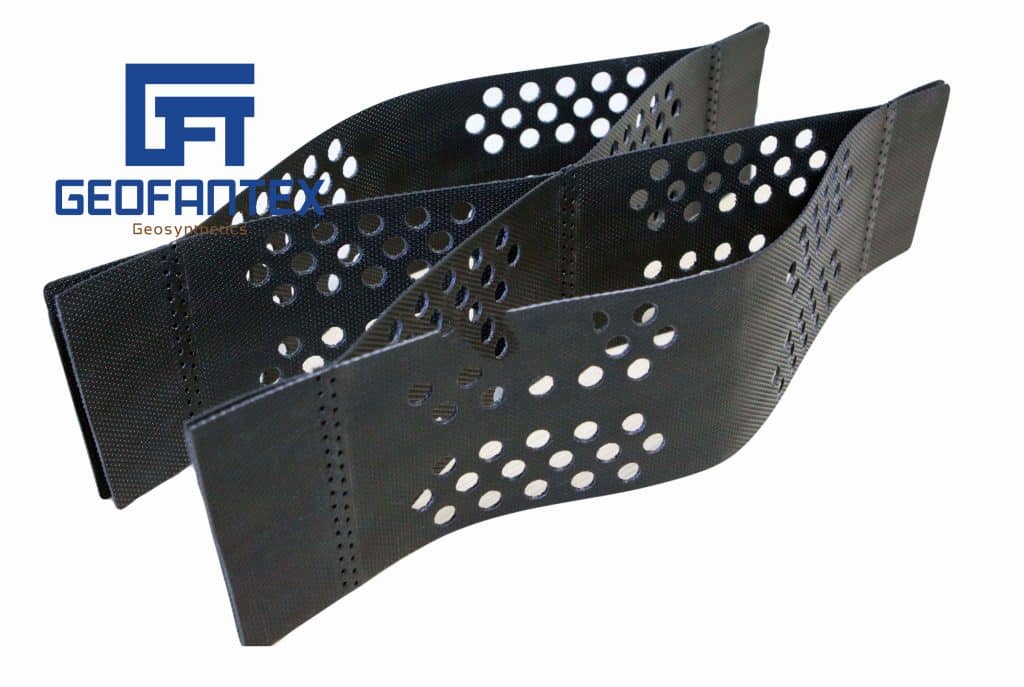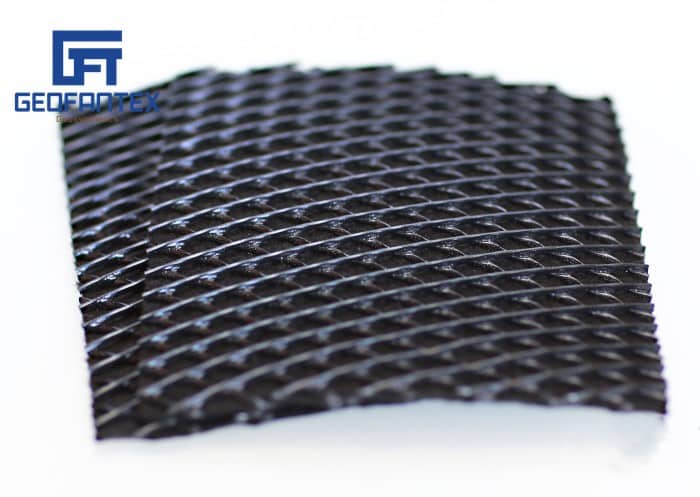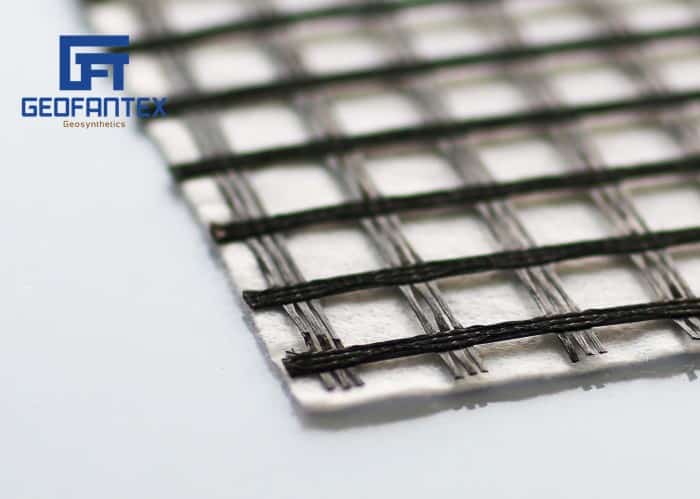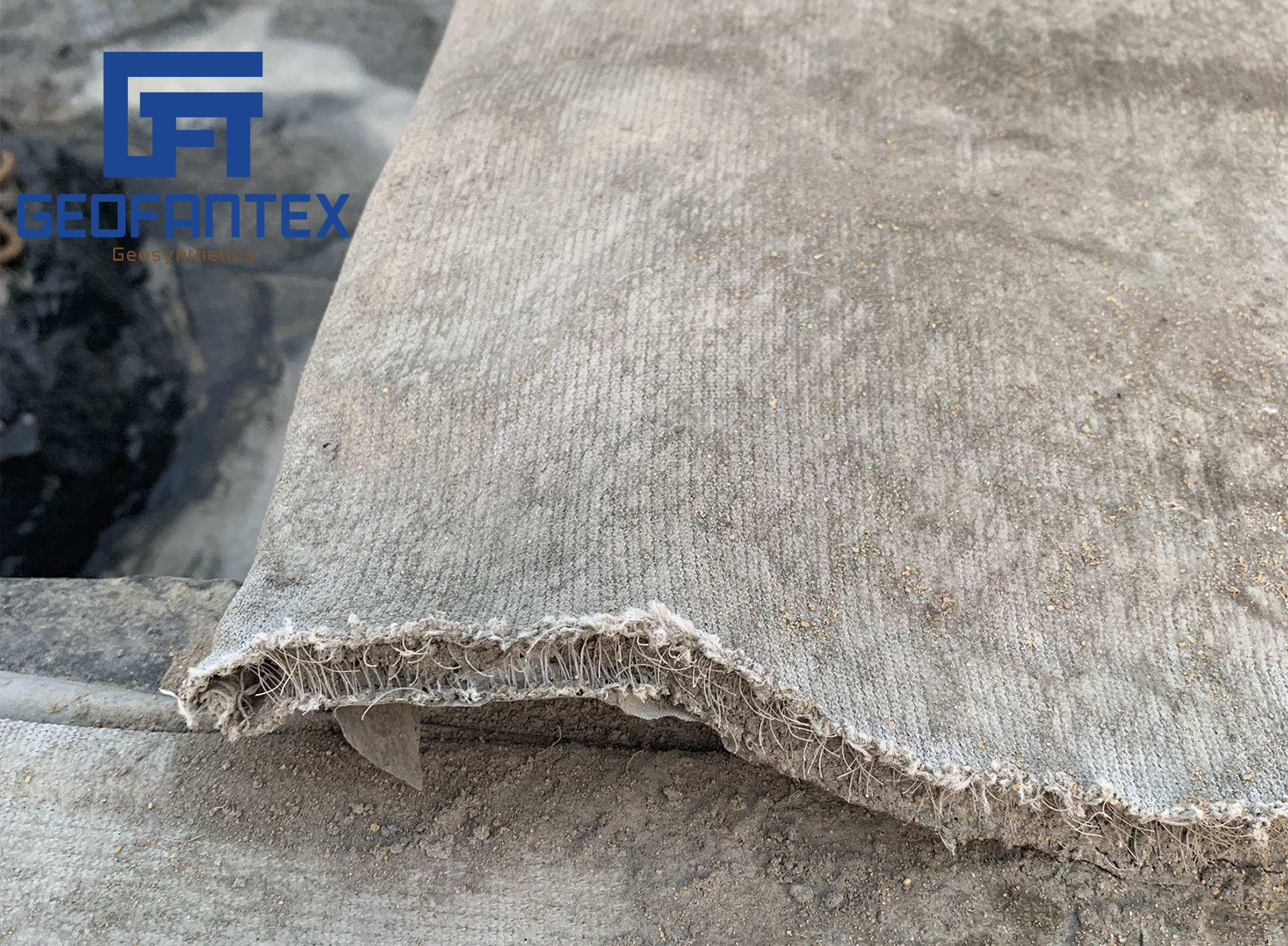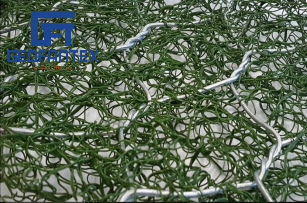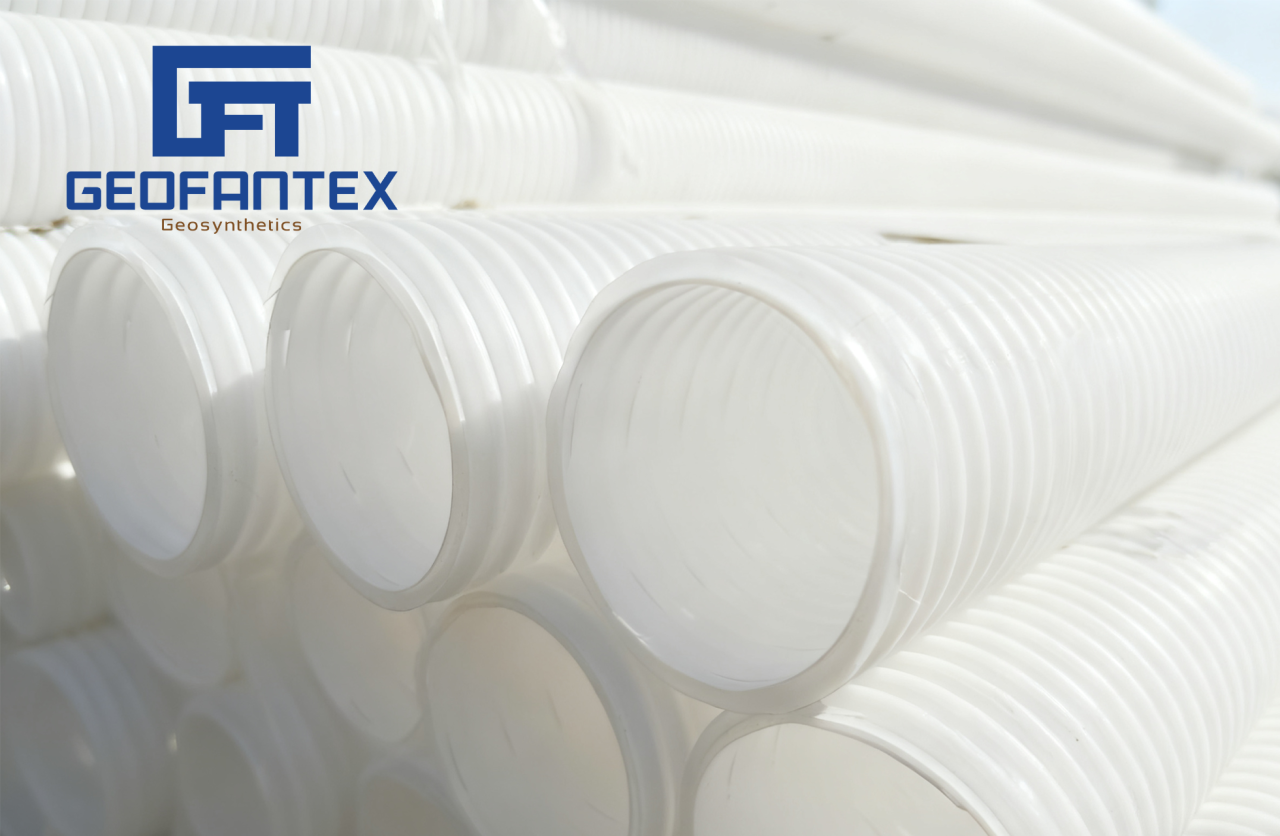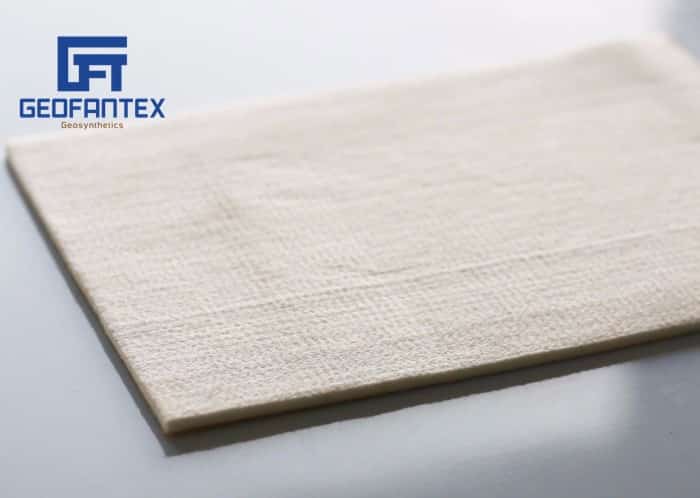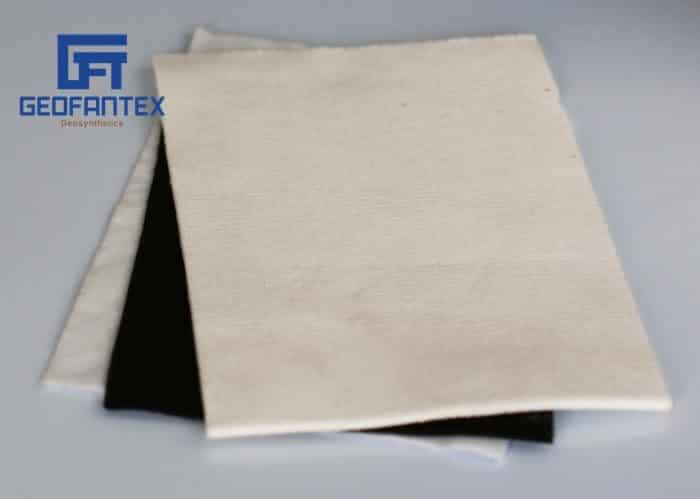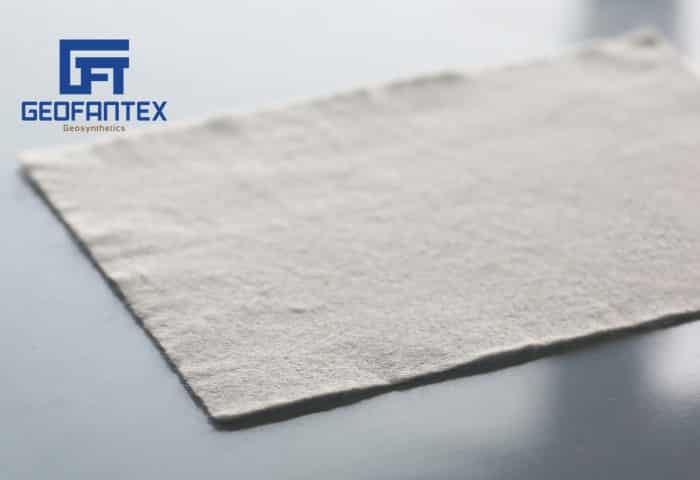+86-159 9860 6917
info@geofantex.com
geofantex@gmail.com
+86-400-8266163-44899
In recent industry news, geosynthetics continue to play a pivotal role in modern infrastructure projects, with geotextile filter fabric emerging as a critical component. These fabrics are designed to enhance drainage systems and soil stabilization efforts, contributing significantly to the sustainability and longevity of construction projects worldwide.
Geotextile Filter Fabric in Road Construction
Geotextile filter fabric plays a crucial role in road construction by improving drainage, preventing soil mixing, and enhancing road durability. It is commonly used as a separation, filtration, and stabilization layer between the subgrade and aggregate base.
Functions in Road Construction:
- Separation – Prevents the mixing of different soil layers, maintaining the integrity of the road base.
- Filtration – Allows water to pass through while retaining fine soil particles, preventing clogging and maintaining drainage.
- Stabilization – Distributes loads more evenly, reducing rutting and extending the road’s lifespan.
- Drainage – Facilitates water movement, reducing the risk of water pooling and softening the subgrade.
- Erosion Control – Prevents soil displacement and improves slope stability.
Common Applications:
- Under gravel roads and highways to enhance strength and longevity.
- In unpaved roads and temporary construction access roads to reduce maintenance needs.
- Under railway tracks to prevent ballast contamination and improve drainage.
- For parking lots and airport runways to prevent subgrade failure.

Advancements in Manufacturing Techniques
Advancements in manufacturing techniques have revolutionized various industries, from automotive to electronics, offering improved efficiency, precision, and sustainability. Key developments include:
- Additive Manufacturing (3D Printing): This has enabled the production of complex parts with minimal material waste, improving design flexibility and reducing production costs. It’s especially useful for prototyping and small-batch production in industries like aerospace and medical devices.
- Automation and Robotics: The integration of advanced robotics and AI-driven automation systems in manufacturing processes has led to increased productivity, faster production times, and greater consistency in product quality.
- Advanced Materials: New materials, including composites, high-strength alloys, and nanomaterials, are improving the durability, strength, and performance of manufactured products. These materials often allow for lighter, more energy-efficient designs.
- Lean Manufacturing: Modern lean techniques focus on eliminating waste, improving flow, and optimizing production schedules. Techniques like Six Sigma and Just-in-Time (JIT) production have been refined to achieve greater efficiency.
These advancements are transforming manufacturing by reducing costs, enhancing product quality, and making production processes more flexible and sustainable.
Growing Demand for Sustainable Solutions
As the demand for sustainable construction solutions grows, the adoption of geotextile filter fabric is expected to increase, driven by its proven effectiveness in mitigating soil erosion, improving drainage efficiency, and supporting ecological balance in various construction applications.
In conclusion, the ongoing evolution of geotextile filter fabric underscores its crucial role in modern geosynthetic solutions, offering sustainable and effective solutions to infrastructure challenges globally. Stay updated on the latest innovations and applications in geosynthetics to leverage these advancements for your next project.
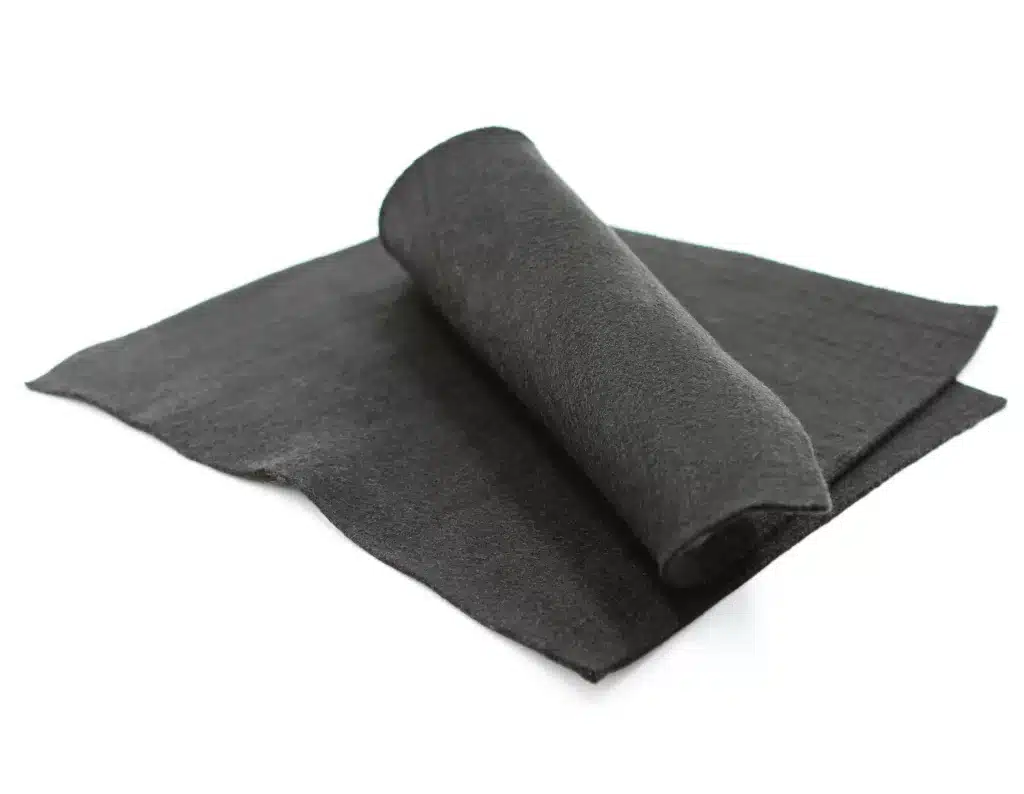

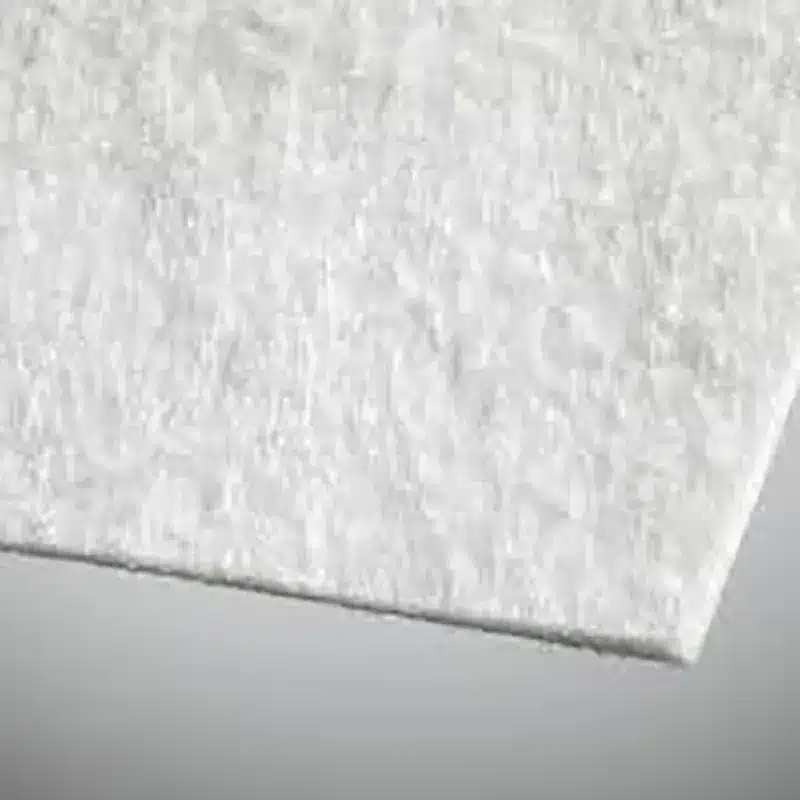
Get Free Sample
We’ll respond as soon as possible(within 12 hours)
